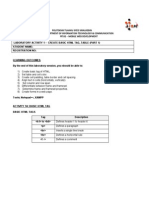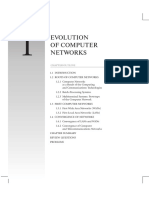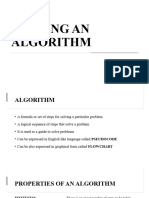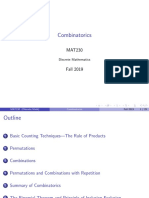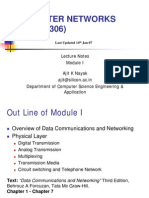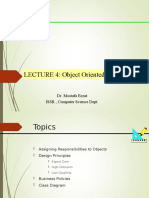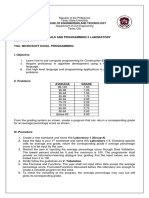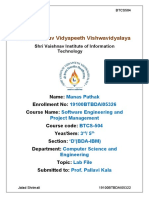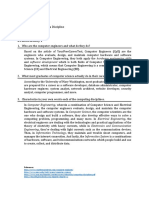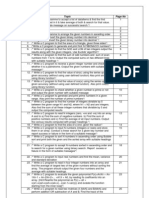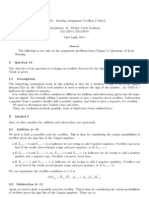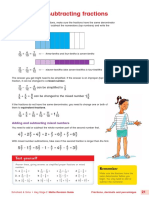0% found this document useful (0 votes)
138 views52 pagesComputer Fundamental and Programming: Prepared By: Mary Kris P. Morco Professorial Lecturer
The document discusses number systems used in computing. It defines a number system as a way of representing numbers using consistent symbols. The main types discussed are binary, octal, decimal, and hexadecimal. Binary uses only 0s and 1s, octal uses digits 0-7, decimal uses 0-9, and hexadecimal uses 0-9 plus A-F. These different bases allow for more efficient storage and processing of numbers in computing applications compared to decimal.
Uploaded by
Xentrix CritzCopyright
© © All Rights Reserved
We take content rights seriously. If you suspect this is your content, claim it here.
Available Formats
Download as PDF, TXT or read online on Scribd
0% found this document useful (0 votes)
138 views52 pagesComputer Fundamental and Programming: Prepared By: Mary Kris P. Morco Professorial Lecturer
The document discusses number systems used in computing. It defines a number system as a way of representing numbers using consistent symbols. The main types discussed are binary, octal, decimal, and hexadecimal. Binary uses only 0s and 1s, octal uses digits 0-7, decimal uses 0-9, and hexadecimal uses 0-9 plus A-F. These different bases allow for more efficient storage and processing of numbers in computing applications compared to decimal.
Uploaded by
Xentrix CritzCopyright
© © All Rights Reserved
We take content rights seriously. If you suspect this is your content, claim it here.
Available Formats
Download as PDF, TXT or read online on Scribd
/ 52






